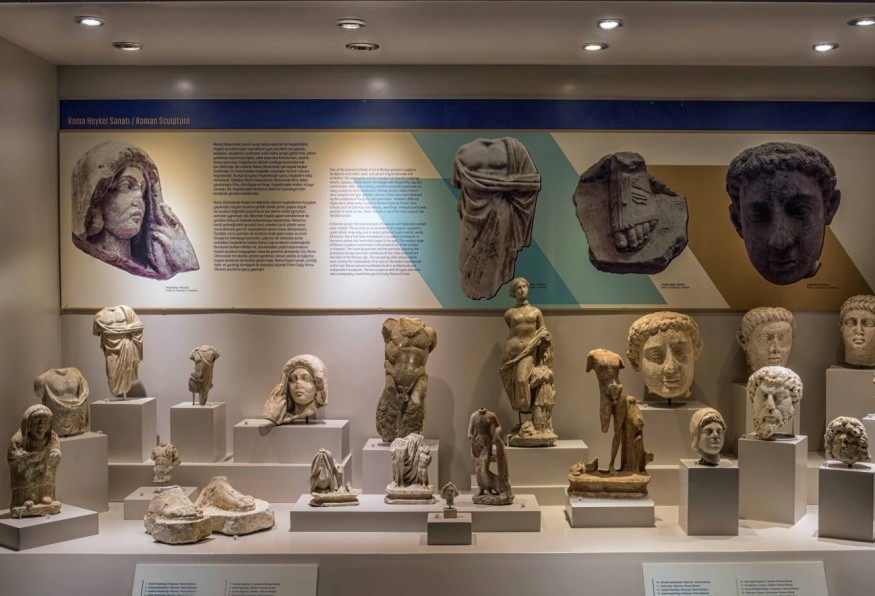Alanya Archeology Museum
museumThe Alanya Archaeology Museum opened its doors in 1967, showcasing a collection of artifacts dating back to the Bronze Age, as well as those from the Urartu, Phrygian, and Lydian periods. These artifacts were brought from the Ankara Museum of Anatolian Civilizations and from various excavations in the surrounding area. Over the years, the museum continued to expand its collection with artifacts from new excavations and through various acquisitions. Today, the Alanya Archaeology Museum is comprised of two sections, archaeology and ethnography. Among the many treasures on display, the oldest artifact found and exhibited in the archaeology section is a Phoenician stone inscription from 625 BC. The museum's most famous artifact, however, is the statue of Heracles, a bronze statue dated to the 2nd century AD, which is exhibited in a separate hall. The statue has a dramatic story in mythology. The museum's collection is rich and diverse, featuring bronze, marble, terracotta, glass, and mosaic finds from the Archaic, Classical, Hellenistic, Roman, and Byzantine periods. Additionally, the museum boasts an extensive collection of ashtrays and coins. Visitors can also explore Turkish-Islamic artifacts from the Seljuk and Ottoman periods, making the Alanya Archaeology Museum an essential destination for those interested in the history and culture of the region.


-thumb.jpg)

